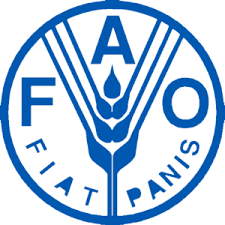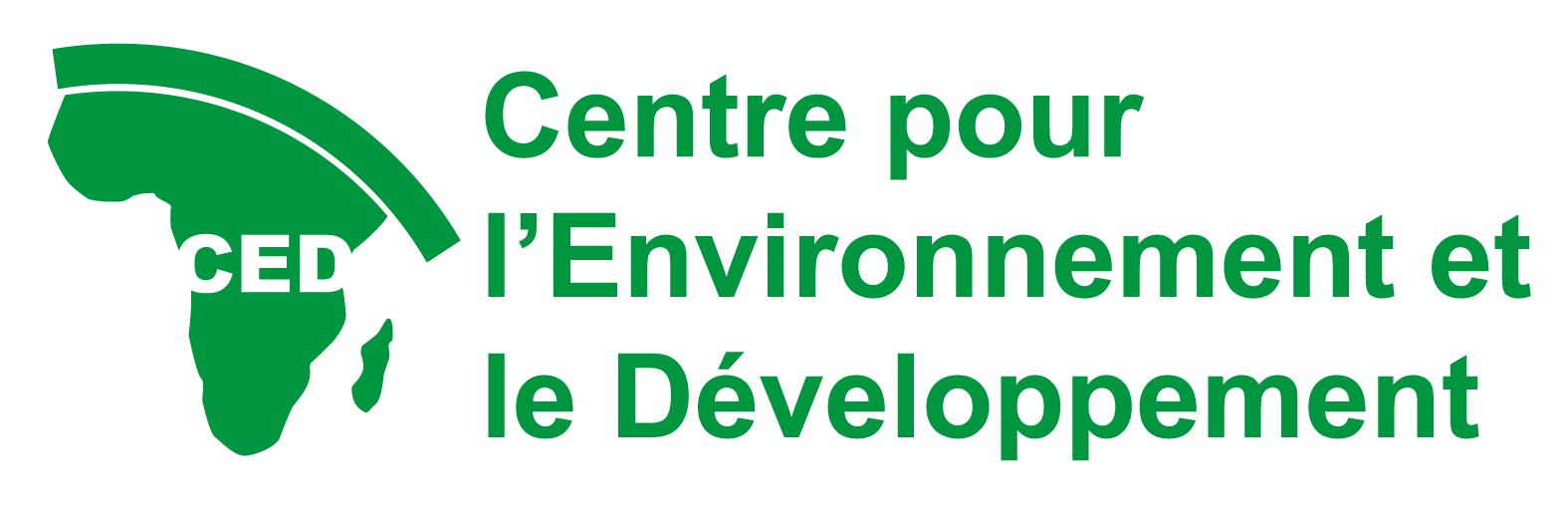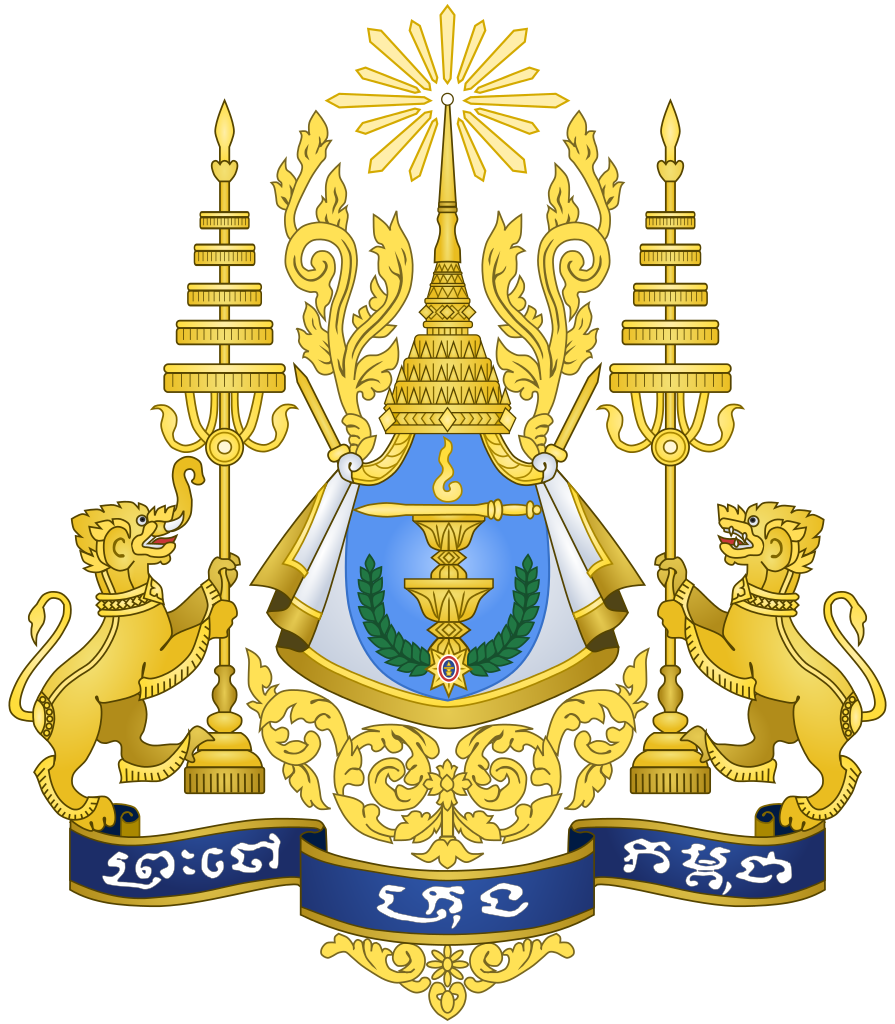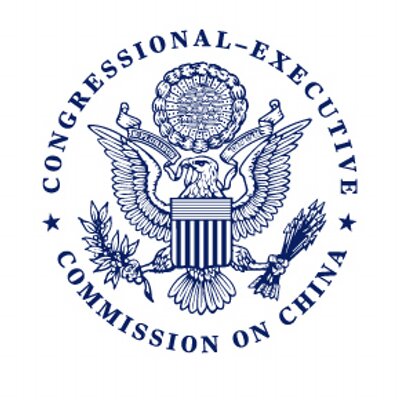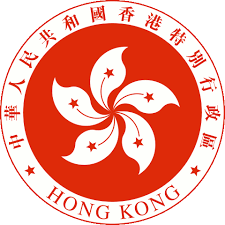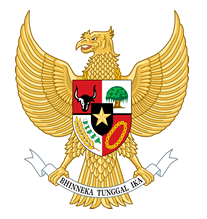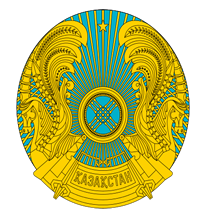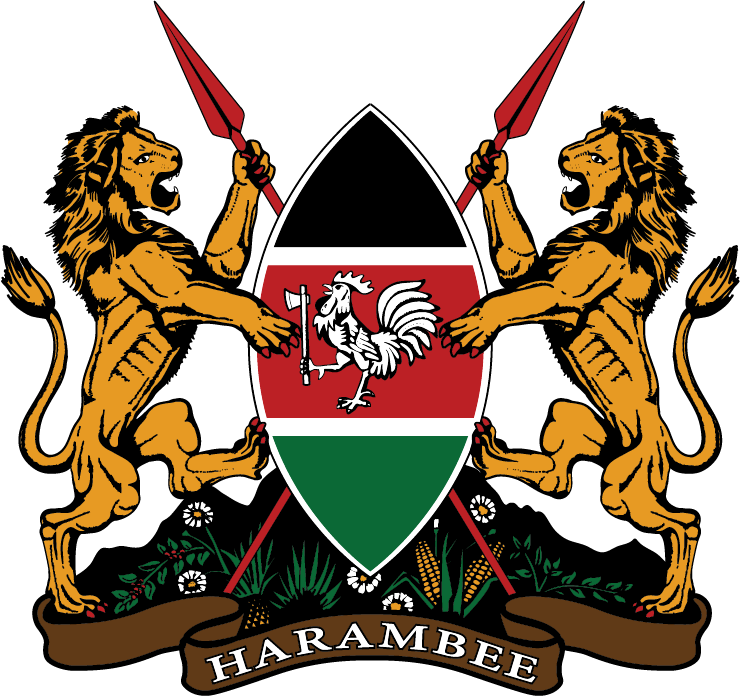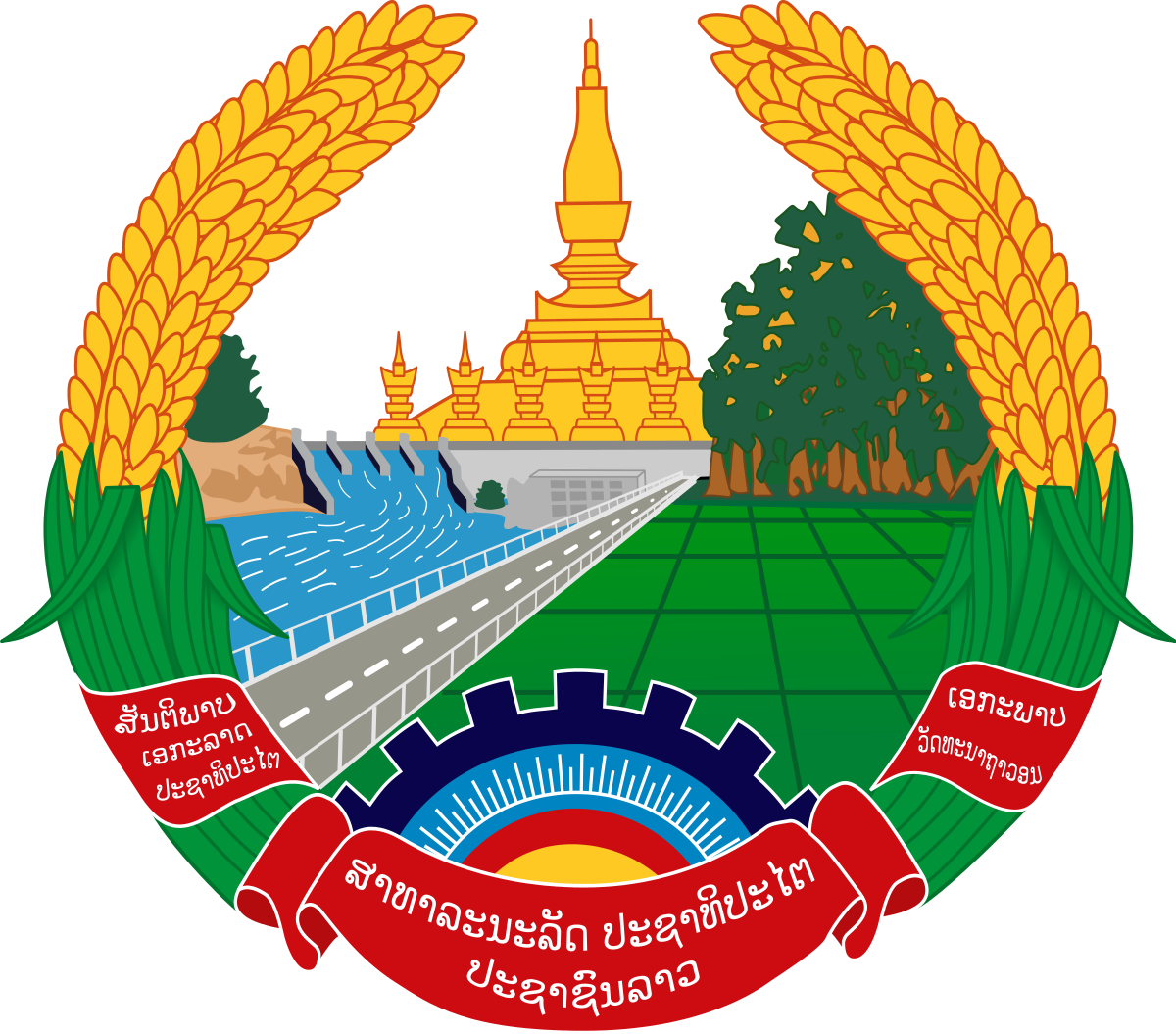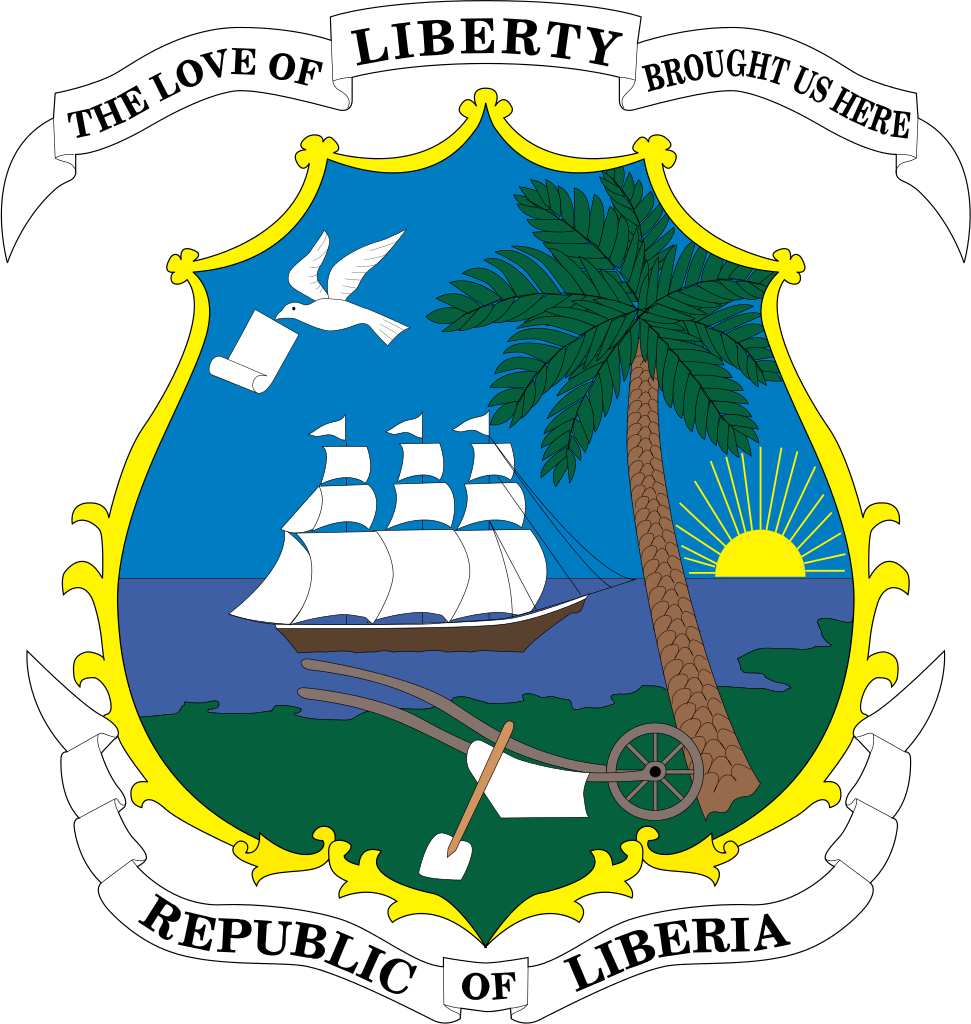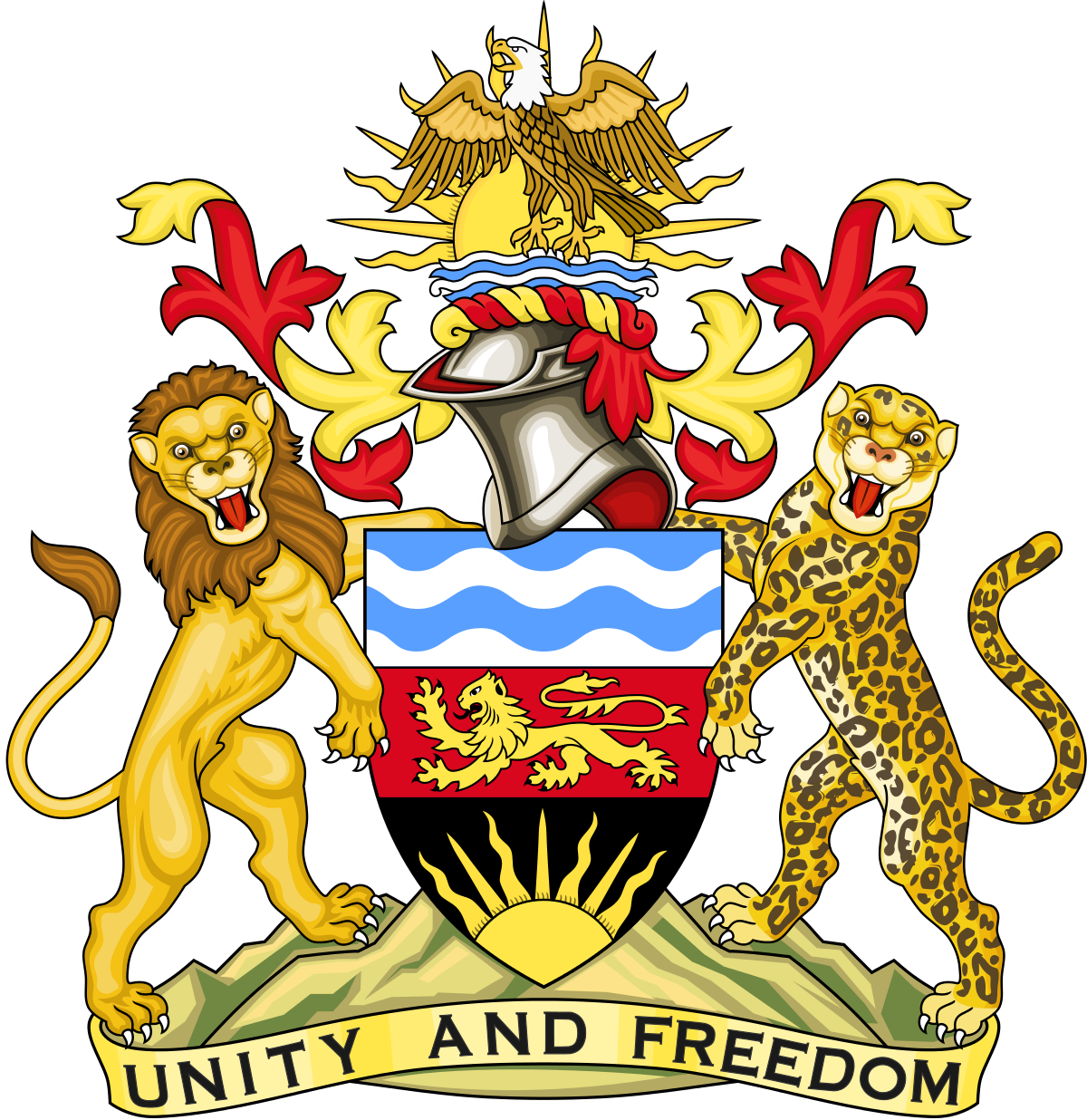politique foncière
AGROVOC URI:
Land Reform, Land Settlement and Cooperatives
FAO's Journal on Land Reform, Land Settlement and Cooperatives was published between 1964 and 2009. Issues published between 1996 and 2009 are accessible below.
The successor of the Land Reform, Land Settlement and Cooperatives was launched in 2010. The new Land Tenure Journal aims to promote the latest knowledge in the technically, economically, politically and socially broad areas of land tenure.
Centre pour l'Environnement et le Développement Cameroun
Mission et Objectifs
Le CED s’est donné pour mission de contribuer à la protection des droits, des intérêts, de la culture et les aspirations des communautés locales et autochtones des forêts d’Afrique Centrale, par la promotion de la justice environnementale et de la gestion durable des ressources naturelles dans la région.
Nos objectifs sont les suivants:
- Réduire les impacts écologiques et sociaux des industries extractives;
Government of the Kingdom of Cambodia
This is the overarching classification for any Cambodian government entity.
Congressional-Executive Commission on China
"The Congressional-Executive Commission on China was created by Congress in October 2000 with the legislative mandate to monitor human rights and the development of the rule of law in China, and to submit an annual report to the President and the Congress. The Commission consists of nine Senators, nine Members of the House of Representatives, and five senior Administration officials appointed by the President."
Government of Hong Kong
This is Hong Kong's special administrative government.
Government of Indonesia
The Dutch began to colonize Indonesia in the early 17th century; Japan occupied the islands from 1942 to 1945. Indonesia declared its independence shortly before Japan's surrender, but it required four years of sometimes brutal fighting, intermittent negotiations, and UN mediation before the Netherlands agreed to transfer sovereignty in 1949.
Government of the Republic of Kazakhstan
Ethnic Kazakhs, a mix of Turkic and Mongol nomadic tribes who migrated to the region by the 13th century, were rarely united as a single nation. The area was conquered by Russia in the 18th century, and Kazakhstan became a Soviet Republic in 1936. Soviet policies reduced the number of ethnic Kazakhs in the 1930s and enabled non-ethnic Kazakhs to outnumber natives. During the 1950s and 1960s agricultural "Virgin Lands" program, Soviet citizens were encouraged to help cultivate Kazakhstan's northern pastures.
Government of Kenya
This is the overarching term for any Kenyan governmental agency, organ, or branch.
Government of Republic of Liberia
Settlement of freed slaves from the US in what is today Liberia began in 1822; by 1847, the Americo-Liberians were able to establish a republic. William TUBMAN, president from 1944-71, did much to promote foreign investment and to bridge the economic, social, and political gaps between the descendants of the original settlers and the inhabitants of the interior. In 1980, a military coup led by Samuel DOE ushered in a decade of authoritarian rule. In December 1989, Charles TAYLOR launched a rebellion against DOE's regime that led to a prolonged civil war in which DOE was killed.
Government of Malawi
Wikipedia:
"Under the 1995 constitution, the president, who is both chief of state and head of the government, is chosen through universal direct suffrage every 5 years. Malawi has a vice president who is elected with the president. The president has the option of appointing a second vice president, who must be from a different party. It also includes a presidentially appointed cabinet. The members of the cabinet of Malawi can be drawn from either within or outside of the legislature."


